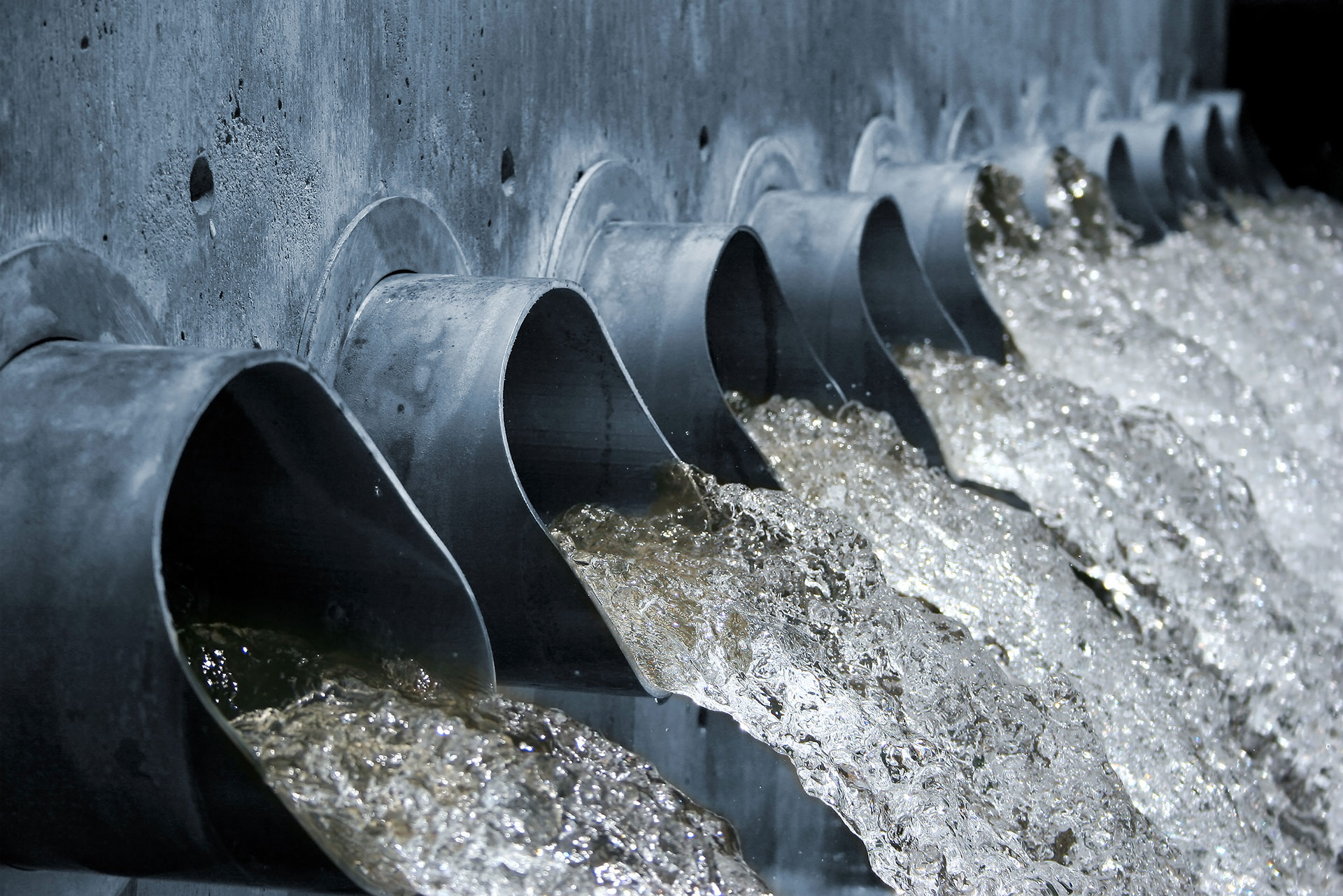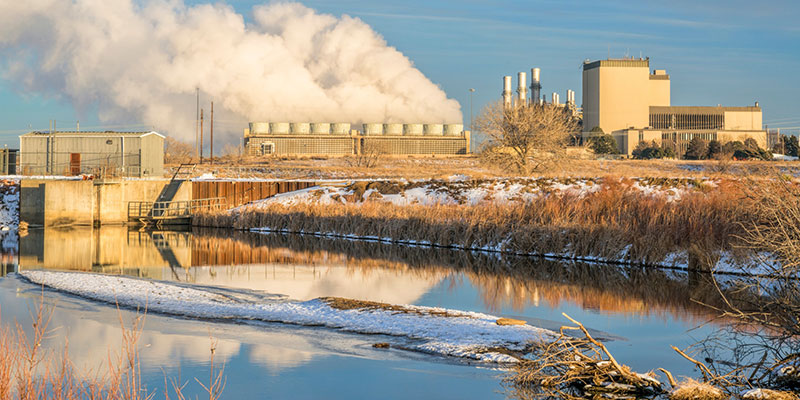Industrial Waste Water Treatment-- Industrial-Grade Water Filtration and Filtration Solutions
Trick Strategies in Hazardous Waste Water Therapy Procedures
The treatment of industrial wastewater is an essential aspect of ecological management, entailing a range of strategies developed to alleviate the effect of impurities. Improvements in innovations such as membrane layer filtration and progressed oxidation processes supply innovative options for improving therapy effectiveness.
Physical Therapy Techniques
How successfully can physical treatment methods deal with the complexities of industrial wastewater? Physical therapy techniques play a pivotal function in the initial phases of wastewater management, concentrating largely on the elimination of solids and large particulates. Strategies such as filtration, sedimentation, and flotation are necessary for lowering the concentration of suspended solids, consequently improving the effectiveness of subsequent therapy processes.
Sedimentation involves the gravitational settling of solids, enabling for the separation of much heavier materials from the wastewater. This method is especially efficient in clarifying water before chemical or biological therapies. Purification, on the various other hand, uses different media to capture particle issue, guaranteeing that smaller contaminants are eliminated. This technique can be tailored to suit different types of commercial effluents, producing clearer effluent streams.
In addition, flotation protection techniques, which use air bubbles to lift suspended solids to the surface area for elimination, are reliable in dealing with wastewater with high focus of fats, oils, and oils. On the whole, physical therapy approaches function as a critical very first step in the detailed monitoring of commercial wastewater, making certain that the tons on subsequent therapy stages is lessened and improving general treatment efficacy.
Chemical Treatment Techniques
While physical therapy methods lay the foundation for reliable wastewater management, chemical treatment techniques are important for dealing with the a lot more complex contaminants typically discovered in industrial effluents. These methods utilize numerous chemical representatives to precipitate, counteract, or oxidize dangerous materials, making sure an extra detailed removal of contaminants.
One usual approach is coagulation and flocculation, where chemical coagulants such as aluminum sulfate or ferric chloride are included in advertise the gathering of suspended fragments. This procedure enhances solid-liquid splitting up, lowering turbidity and enhancing water top quality. In addition, neutralization processes are used to change the pH of wastewater, making use of acids or bases to counteract acidic or alkaline streams, respectively.
Oxidation-reduction responses play an essential role in derogatory natural pollutants and pathogens. Chemical oxidants like ozone, chlorine, or hydrogen peroxide are made use of to break down intricate natural compounds, making them less damaging or extra eco-friendly. Progressed oxidation processes (AOPs) incorporate multiple oxidation techniques to improve contaminant removal efficiency.
Biological Treatment Procedures
The effectiveness of wastewater therapy is dramatically boosted by biological therapy processes, which harness the natural metabolic tasks of bacteria to disintegrate natural issue and get rid of contaminants. Industrial Waste Water Treatment. These procedures largely involve anaerobic and cardiovascular digestion, each customized for specific sorts of wastewater
Aerobic therapy processes make use of a fantastic read oxygen to sustain microbial development, promoting the malfunction of organic contaminants right into carbon dioxide and water. Usual methods include triggered sludge systems, where oygenation tanks facilitate the mixing of wastewater with bacteria, and flowing filters, which motivate biofilm growth on media surface areas.
Conversely, anaerobic treatment procedures take place in the lack of oxygen, utilizing anaerobic microorganisms to disintegrate raw material, leading to biogas manufacturing, why not try these out a sustainable energy source. Anaerobic digesters are frequently utilized in industrial setups for this function, properly decreasing the quantity of sludge while generating important biogas.
The selection of an organic therapy method depends on wastewater features, therapy objectives, and governing standards. The assimilation of biological processes in wastewater treatment not only enhances contaminant elimination effectiveness but likewise advertises sustainability by decreasing chemical usage and supporting source recovery.
Advanced Oxidation Processes

Usual AOP techniques include Fenton's photocatalysis, ozonation, and reagent. Fenton's reagent, a combination of hydrogen peroxide and ferrous iron, militarizes the formation of hydroxyl radicals, making it efficient for treating wastewater having phenolic compounds and various other recalcitrant materials. Ozonation utilizes ozone as an effective oxidant, capable of weakening a vast array of organic contaminants while at the same time decontaminating the effluent. Photocatalysis employs light-activated drivers, such as titanium dioxide, to boost oxidation reactions and get rid of impurities.
AOPs provide a number of advantages, including decreased sludge manufacturing and the capacity to treat wastewater with high concentrations of organic toxins. Nonetheless, the implementation of AOPs needs careful consideration of functional specifications and cost-effectiveness, making certain that these sophisticated strategies are properly incorporated right into existing wastewater treatment systems.
Membrane Layer Purification Technologies

Microfiltration is reliable for removing suspended germs and solids, while ultrafiltration targets smaller sized natural particles and infections. Nanofiltration links the gap between ultrafiltration and reverse osmosis, efficiently eliminating natural substances and divalent ions. Reverse osmosis gives the highest level of purification, used primarily for desalination and removing mono-valent ions.
Membrane technologies provide various advantages, consisting of low power intake contrasted to traditional therapy approaches, modular design for scalability, and the potential for water recovery and reuse. Challenges such as membrane fouling and the demand for normal upkeep should be addressed to ensure system efficacy. In general, membrane filtration innovations stand for an essential component of modern commercial wastewater treatment methods, promoting sustainability and resource conservation in water administration.
Verdict
In final thought, commercial wastewater treatment utilizes a varied array of methods, consisting of physical, chemical, biological, and progressed techniques. Proceeded innovations in these methods will further boost the effectiveness and performance of wastewater treatment procedures in industrial settings.
The therapy of commercial wastewater is a vital facet of environmental administration, including an array of strategies developed to alleviate the influence of impurities.How efficiently can physical therapy approaches address the complexities of industrial wastewater?Advanced oxidation processes (AOPs) represent an innovative strategy in commercial wastewater therapy, designed to effectively deteriorate organic contaminants that are commonly immune to standard therapy approaches (Industrial Waste Water Treatment).In verdict, commercial wastewater therapy uses a varied range of methods, including physical, chemical, biological, and advanced methods. Continued advancements in these methodologies will further boost the performance and performance of wastewater therapy procedures in industrial settings